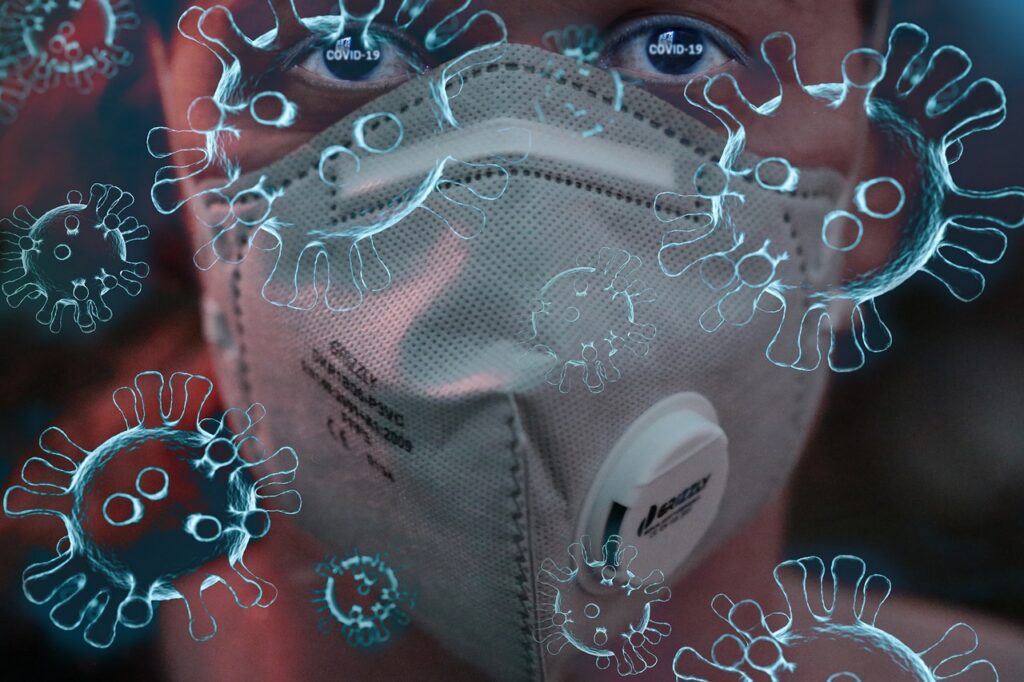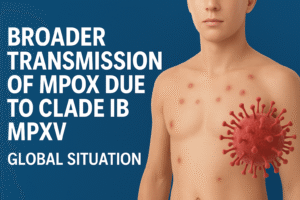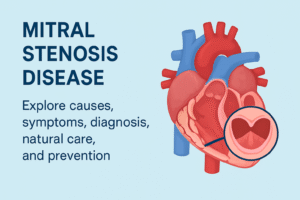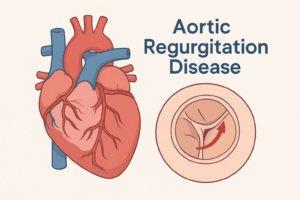When the world first heard the word COVID-19 in late 2019, no one realized how profoundly it would reshape daily life. Caused by the SARS-CoV-2 virus, this disease quickly spread from Wuhan, China, to every corner of the globe, triggering a pandemic that affected health, economy, education, and mental well-being.
Although vaccines and treatments have reduced fatalities, new variants continue to appear. Awareness, prevention, and timely care remain our strongest defenses.
In this guide, we cover COVID-19’s causes, stages, symptoms, prevention strategies, natural treatments, risk factors, global impact, and diet recommendations for recovery and immunity.
What Causes COVID-19?
COVID-19 primarily spreads through:
- Respiratory droplets: When an infected person coughs, sneezes, or talks.
- Close contact: Being near someone who is infected.
- Surface transmission: Touching contaminated objects and then touching the face, mouth, or nose.
- Airborne particles: Especially in crowded, poorly ventilated areas.
Once the virus enters the body, it attacks the respiratory system, starting in the nose and throat before moving to the lungs. Severe cases can also impact the heart, kidneys, brain, and blood vessels.
Stages of COVID-19 Infection
COVID-19 affects individuals differently, but doctors categorize it into four main stages:
- Incubation Period (1–5 days)
The virus silently enters the body. Most people show no symptoms but can still spread it. - Mild Stage (5–10 days)
Common symptoms include fever, cough, sore throat, headache, or loss of taste and smell. About 80% of patients recover at home. - Moderate Stage (10–12 days)
Breathing difficulties and low oxygen levels may appear. Medical observation is often required. - Severe Stage (12+ days)
Pneumonia, acute respiratory distress syndrome (ARDS), or multi-organ failure can occur, requiring hospitalization and oxygen support.
Types of COVID-19 Cases
Not everyone experiences COVID-19 the same way. Medical professionals classify cases as:
- Asymptomatic: No symptoms but contagious.
- Mild: Cold or flu-like symptoms.
- Moderate: Pneumonia with reduced oxygen levels.
- Severe: Critical illness requiring ICU care.
- Long COVID: Persistent fatigue, brain fog, joint pain, or breathing issues lasting weeks or months post-infection.
Symptoms to Watch For
Symptoms vary from mild to life-threatening. Common signs include:
- Fever and chills
- Dry cough or sore throat
- Loss of smell and taste
- Body aches and fatigue
- Headache and dizziness
- Shortness of breath
- Digestive issues like diarrhea
- Rarely, skin rashes
Emergency warning signs: Difficulty breathing, chest pain, bluish lips or face, or confusion. Seek immediate medical attention if these occur.
Natural Treatments at Home
Mild and moderate COVID-19 infections can often be managed with home care:
- Rest and Sleep: Essential for immune recovery.
- Hydration: Drink warm water, soups, and herbal teas.
- Steam Inhalation: Helps clear nasal passages.
- Saltwater Gargle: Relieves sore throat.
- Breathing Exercises (Pranayama): Strengthens lungs and improves oxygen intake.
- Natural Immunity Boosters: Ginger, turmeric milk, tulsi, lemon, honey, and vitamin C-rich fruits.
- Balanced Diet: Nutrient-rich foods support recovery.
- Isolation: Prevents spread to others.
Important: Severe cases with low oxygen, high fever, or chest pain require hospital care.
Preventing COVID-19
Prevention remains the most effective strategy:
- Get vaccinated and stay up-to-date with boosters.
- Wear masks in crowded or enclosed spaces.
- Wash hands frequently with soap or sanitizer.
- Maintain social distance where necessary.
- Ensure proper ventilation in homes and workplaces.
- Lead a healthy lifestyle: regular exercise, adequate sleep, and balanced nutrition.
Who Is at Higher Risk?
Certain groups are more vulnerable to severe COVID-19 symptoms:
- Older adults (especially above 60)
- People with diabetes, asthma, heart disease, or hypertension
- Individuals with weakened immunity (cancer patients, organ transplant recipients)
- Overweight or obese individuals
- Smokers and heavy alcohol consumers
Global Impact: Lessons from the Pandemic
COVID-19 transformed the world dramatically:
Negative Impacts:
- Healthcare systems overwhelmed with patients.
- Millions lost jobs, and businesses shut down.
- Students struggled with online learning.
- Mental health crises increased, including anxiety and depression.
- Travel and social restrictions disrupted daily life.
Positive Lessons:
- Heightened hygiene and health awareness.
- Remote work and digital learning became mainstream.
- Global collaboration accelerated vaccine development.
- Recognition of the need for robust healthcare investment.
Diet for COVID-19 Recovery and Immunity
A strong immune system helps prevent infection and speeds recovery. Include:
Foods to Include:
- Proteins: Eggs, fish, chicken, beans, lentils, nuts
- Vitamin C: Citrus fruits, guava, kiwi, lemon, amla
- Vitamin D: Sunlight, fortified milk, mushrooms
- Zinc: Pumpkin seeds, spinach, chickpeas, cashews
- Antioxidants: Berries, green leafy vegetables, green tea
- Hydrating Foods: Coconut water, soups, fresh juices
Foods to Avoid:
- Fried, oily, and processed foods
- Sugary snacks and drinks
- Alcohol and excessive caffeine
- Smoking, which weakens lung function
FAQs About COVID-19
Q1. What are early signs of COVID-19?
A: Fever, cough, sore throat, and loss of taste or smell.
Q2. Can mild COVID-19 be treated at home?
A: Yes, with rest, hydration, and natural remedies. Monitor oxygen levels.
Q3. What is Long COVID?
A: Lingering symptoms like fatigue, brain fog, and breathing issues weeks after infection.
Q4. Can vaccinated people still get COVID-19?
A: Yes, but symptoms are usually milder, and hospitalization risk is lower.
Q5. What foods aid recovery?
A: Protein-rich foods, vitamin C fruits, zinc-rich seeds, and plenty of fluids.
Q6. Who is most at risk of severe COVID-19?
A: Elderly, chronically ill, obese, and immunocompromised individuals.
Conclusion: Staying Safe and Healthy in 2025
COVID-19 has been one of the most significant global health challenges of our time. While it caused enormous loss, it also emphasized prevention, health awareness, and global unity.
Key Takeaways:
- Prevention is better than cure.
- A healthy diet and strong immunity are vital defenses.
- Vaccines, lifestyle habits, and collective responsibility can help us face present and future health challenges.
Stay informed, stay safe, and prioritize your health—today and beyond.






